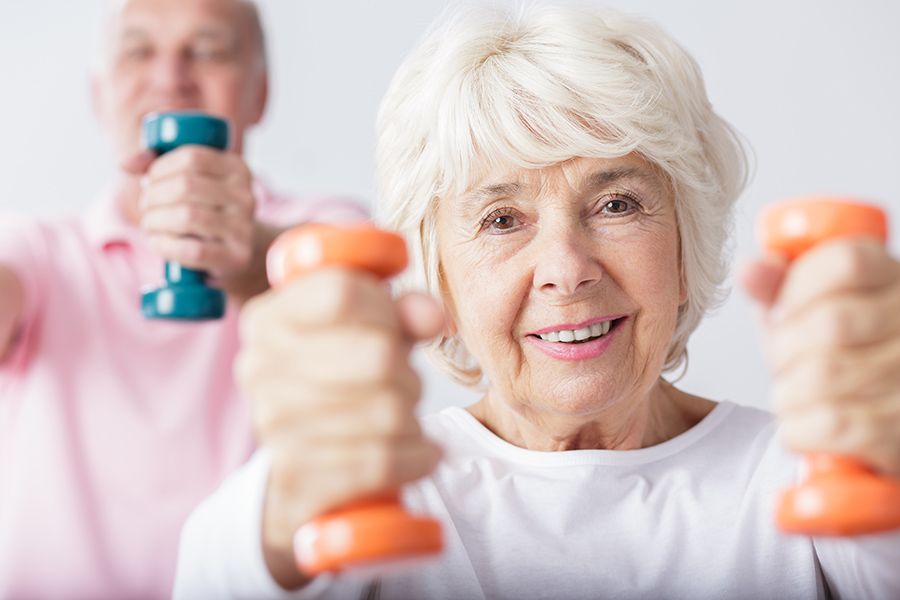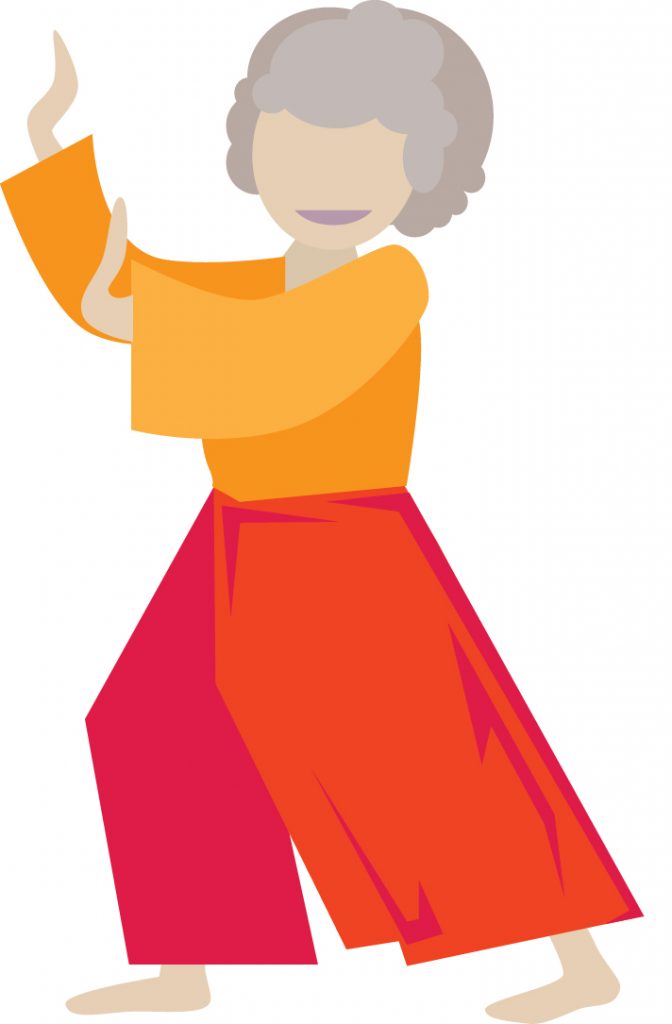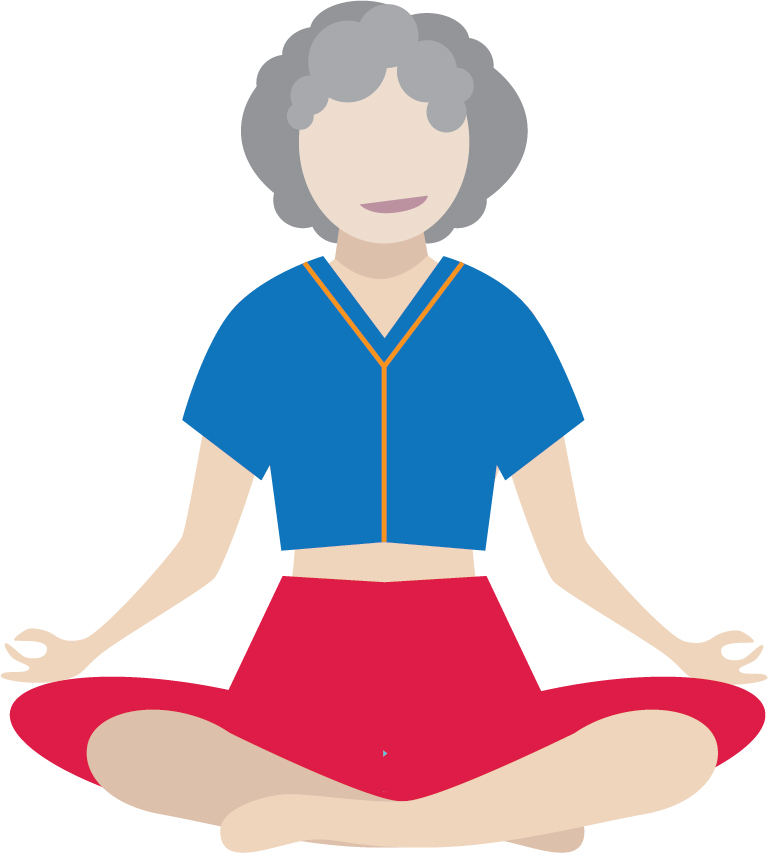Be AWake to Arthritis
In the United States, 23% of all adults—over 54 million people—have arthritis. About 24 million adults are limited in their activities from arthritis, and more than 1 in 4 adults with arthritis report severe joint pain.
Treating Arthritis
Take action to ease arthritis pain. Here’s what you can do: Get enough rest, do the right exercise, eat a healthy, well-balanced diet, and learn the right way to use and protect your joints.
Proper shoes and a cane can help. But have the cane fitted by a professional. Don’t borrow one from a friend or neighbor. There are also gadgets to help open jars and bottles or to turn the doorknobs. Try a heating pad or cold pack, soaking in a warm bath or swimming.
Types of Arthritis
Osteoarthritis (OA). OA develops when the cartilage that pads the joints begins to wear away. Bones rub against each other causing pain and stiffness. OA most often occurs in the hands, neck, lower back, or the large weight-bearing joints of your body, such as knees and hips.
Rheumatoid arthritis (RA) is an autoimmune disease that causes the body attack itself. RA causes pain, swelling and stiffness in one or many joints. Pain can last for hours and may be accompanied by fatigue and fever.
Gout is caused by too much uric acid in the blood and is very painful. It most often happens in the big toe, but other joints can also be affected. Swelling may cause the skin to pull tightly around the joint and make the area red or purple and very tender.
Exercise Is a Good Thing
If you have osteoarthritis (OA), you may be thinking that exercise would harm your joints and cause more pain. This is not true. Research has shown that people can and should exercise when they have osteoarthritis. Exercise is the best and most effective non-drug treatment for pain reduction and improved mobility.
Smart Moves
When arthritis threatens to immobilize you, exercise keeps you moving.
You don’t have to run a marathon or swim a mile. Moderate exercise can ease your pain and help you maintain a healthy weight. Before starting any exercise program, check with your doctor first. You might want to also talk with a physical therapist. Start slowly to ease your joints into exercise. If you feel pain, stop.
Exercise will help you improve your health and fitness without hurting your joints. Along with your current arthritis treatment program, exercise can:
- Strengthen the muscles around your joints
- Help you maintain bone strength
- Give you more strength and energy to get through the day
- Make it easier to get a good night’s sleep
- Help you control your weight
- Make you feel better about yourself and improve your sense of well-being
Start SLOW
It’s not easy to start an exercise program with stiff, achy joints. Start slow with low-impact exercise like Tai Chi, yoga or swimming. Any movement no matter how small can help. Gentle forms of Yoga and Tai Chi are slow graceful dance-like movements that can improve balance and help prevent falls.
Apply heat before exercise. Heat can relax your joints and muscles and relieve pain you have before exercise. Apply for 20 minutes.
Ice afterward. Apply ice to your joints as needed after activity, especially if there is any joint swelling.
If you have rheumatoid arthritis, ask your doctor if you should exercise during flare-ups.
Daily Exercise Is Important
Range-of-motion exercises, like dancing, tai chi or yoga relieves stiffness, keeps you flexible and increases your ability to move your joints through their normal range of movement. Try to do daily or at least every other day.
Strengthening exercises, such as weight training, will strengthen muscles that support and protect your joints. Builds strong muscles that help support and protect your joints. Try to do these every other day. But if your joints are painful or you notice swelling, take a day off.
Aerobic or endurance exercises improves heart and artery function, helps prevent weight gain, and lessens swelling. Low-impact exercises that are easier on your joints include walking, riding a bike and swimming. Try to do 10 minutes twice a day three days a week.
Music
Imaging studies have shown that music can be great therapy for pain, especially the pain of osteoarthritis. Music can stimulate the brain’s pleasure center to increase brain chemicals that inhibit pain. Classical music is a good choice to try. Pay attention to your breathing and heart rate while listening. If your breathing slows down, stress will melt away. Some good composers to try are Beethoven, Chopin and Vivaldi.
Medicines Can Help
There are many different types of drugs used to treat arthritis pain which include over-the-counter and prescription-only drugs, injections, infusions, patches and topical agents.
- Acetaminophen might ease OA pain. NSAIDs (nonsteroidal anti-inflammatory drugs), like ibuprofen, naproxen and ketoprofen are also helpful.
- Gout is treated with NSAIDS or corticosteroids.
- Many new, effective drugs are on the market to treat RA. Ask your doctor which is best for you. Nonsteroidal Anti-inflammatory drugs (NSAIDs, like aspirin or Ibuprophen) treat mild muscle aches but arthritis patients take NSAIDS at higher does to reduce joint inflammation. Analgesics (like Tylenol) fight pain but not inflammation; others called opioids may be used for arthritis flares; suitable for short term use because they cause physical dependence and constipation.
- Corticosteroids fight inflammation and are taken orally as pills, absorbed through the skin as topical agents, or injected directly into inflamed joints.
- Disease-modifying anti-rheumatic drugs (DMARDS like Methotrexate) suppress the body’s immune system and are effective treatments for rheumatoid arthritis, psoriatic arthritis and lupus. DMARDs are often taken with other medications like NSAIDs.
- Biologics (like Xeljanz, Humira or Enbrel), called biologic response modifiers, also suppress the immune system and can stop joint damage from occurring. They do not cure arthritis but can put the disease into remission.
- Antidepressants (like Cymbalta or Lyrica) can reduce pain because body chemicals that affect mood also affect pain.
- Topicals are available in either over-the-counter or by prescription and come as a cream, gel, ointment, spray or patch, and are quick and convenient relief of localized pain.
In-Home Therapy Services
Did you know that you can receive in-home therapy services? You can. You may be recently discharged home from the hospital or rehab. You may have had a fall, or you may have developed arthritis, or experienced back pain. All these conditions can be helped with therapy. Health insurance like Medicare, Humana, United Healthcare or the VA may cover therapy in your home.
Call AW Health Care. We accept many insurances. Let us talk with you before you experience a problem. We can help you learn about your health insurance benefits before you have to go to the hospital or ER. You can call us at (314) 330-7992 and a Senior Care Coordinator will with meet with you.
Happy Easter!










Comments are closed.